
In February 2020, it will be 17 years since the Congestion Charge was introduced for central London. Since then, the idea of incentivising uptake of cleaner cars has evolved.
The Ultra Low Emissions Zone (ULEZ) now operates in London 24 hours a day and 365 days a year. On top of that, 20 other UK cities are now considering similar schemes to the Congestion Charge. But how has air quality evolved over the past 17 years?
Select Car Leasing has analysed air quality data collected from three points within the zone, before and after the charge was brought in. Overall, carbon monoxide levels are 60 percent lower now than they were before the charge. Likewise, nitrogen dioxide is down by 24 percent, while suphur dioxide is down 61 percent.
- 2021 London ULEZ expansion: motorists are already searching for compliant cars
“Our data shows that the London Congestion Charge zone has broadly achieved its aims,” the report concludes.
“Many Londoners will believe that the cost of cleaner air is certainly a price worth paying. It could be down to this success that many other congestion charges and toll roads are planned throughout the UK in the near future.”
Where are similar schemes being considered?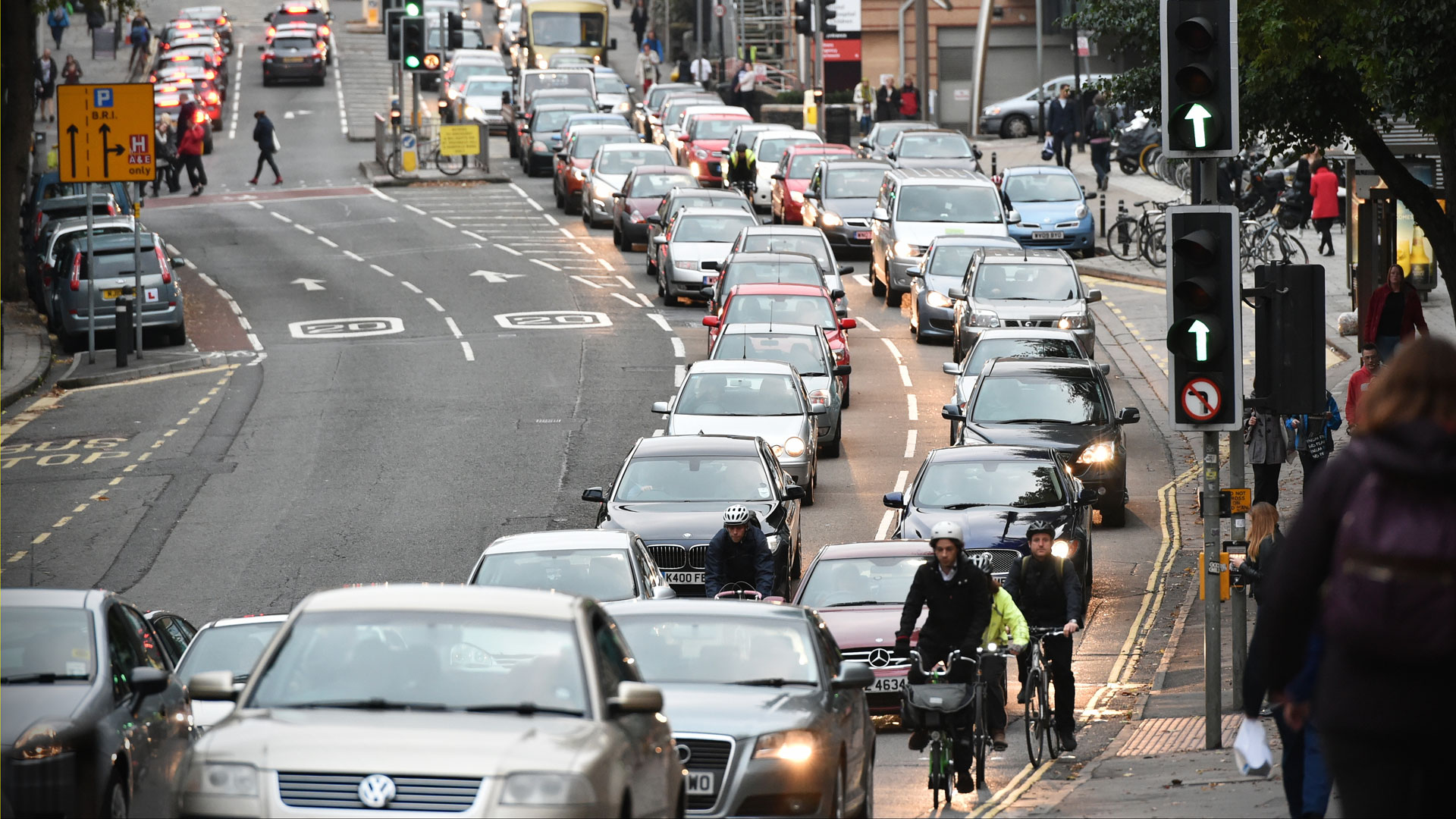
There are 20 further zones being considered across the United Kingdom. Glasgow, York and Leeds are confirmed to be following London.
Cities where schemes have been proposed include Newcastle upon Tyne, Manchester, Warrington, Birmingham, Sheffield, Oxford, Bristol, and Bath. Bristol has all but confirmed an outright ban of diesel-powered private cars in certain parts of its city centre. Edinburgh, Dundee and Aberdeen have proposals to follow in Glasgow’s footsteps for Scotland.
As for where could jump on the ULEZ bandwagon? Derby, Cambridge, Cardiff, Slough, Reading and Fareham are all possibles, according to Select Car Leasing.
- 84 percent of drivers oppose city diesel bans
The hope is these zones will encourage drivers to sell their petrol- and diesel-powered cars, and buy EVs. That means eventually, a great deal of cars paying minimal road and fuel taxes. At present, these represent a £28.8 billion revenue stream.
Select Car Leasing suggests three possible options: taxing electric cars more heavily, putting duty on electricity and introducing more tolls. Whatever happens, the government will have to raise the funds sooner or later.
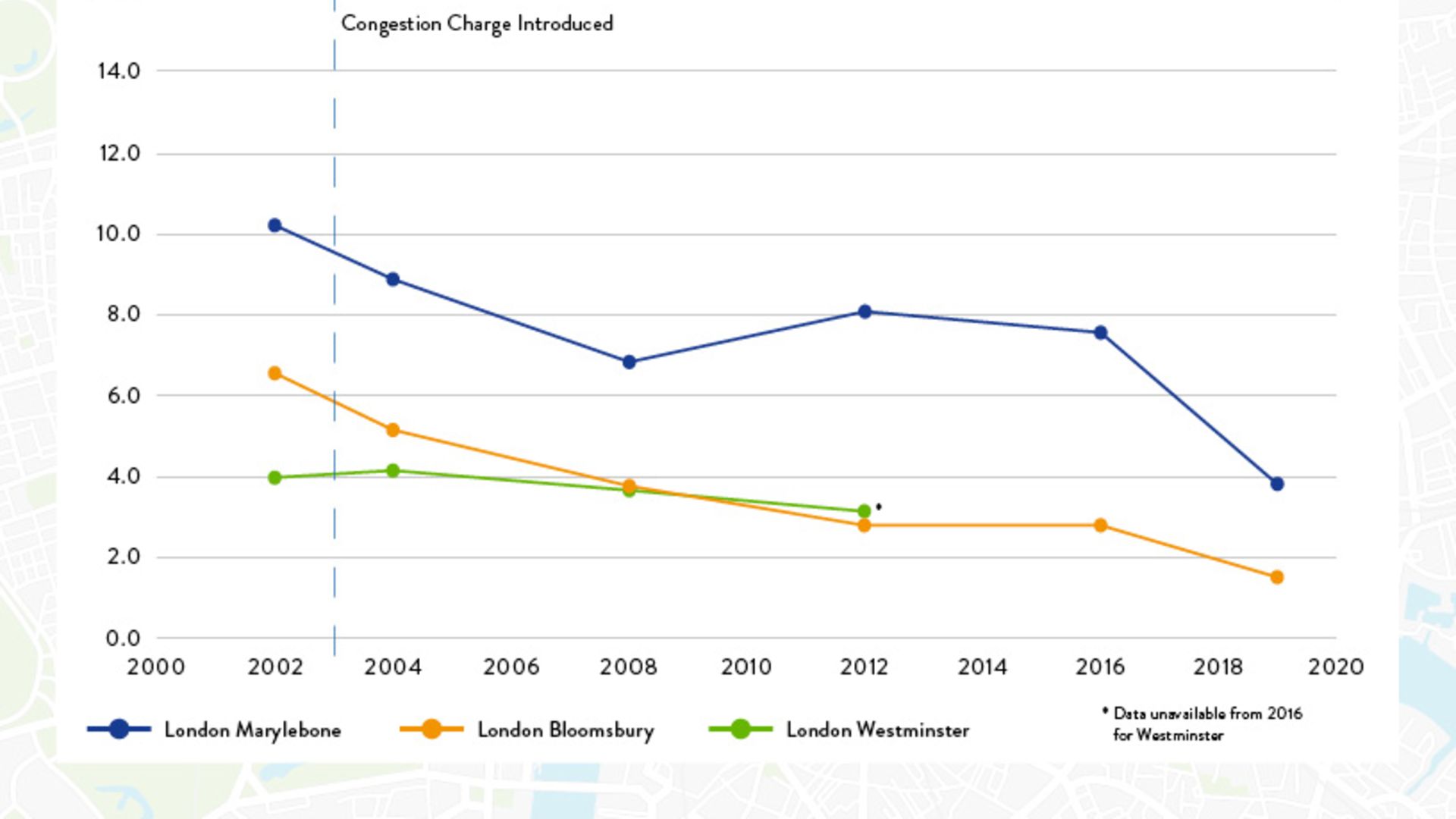
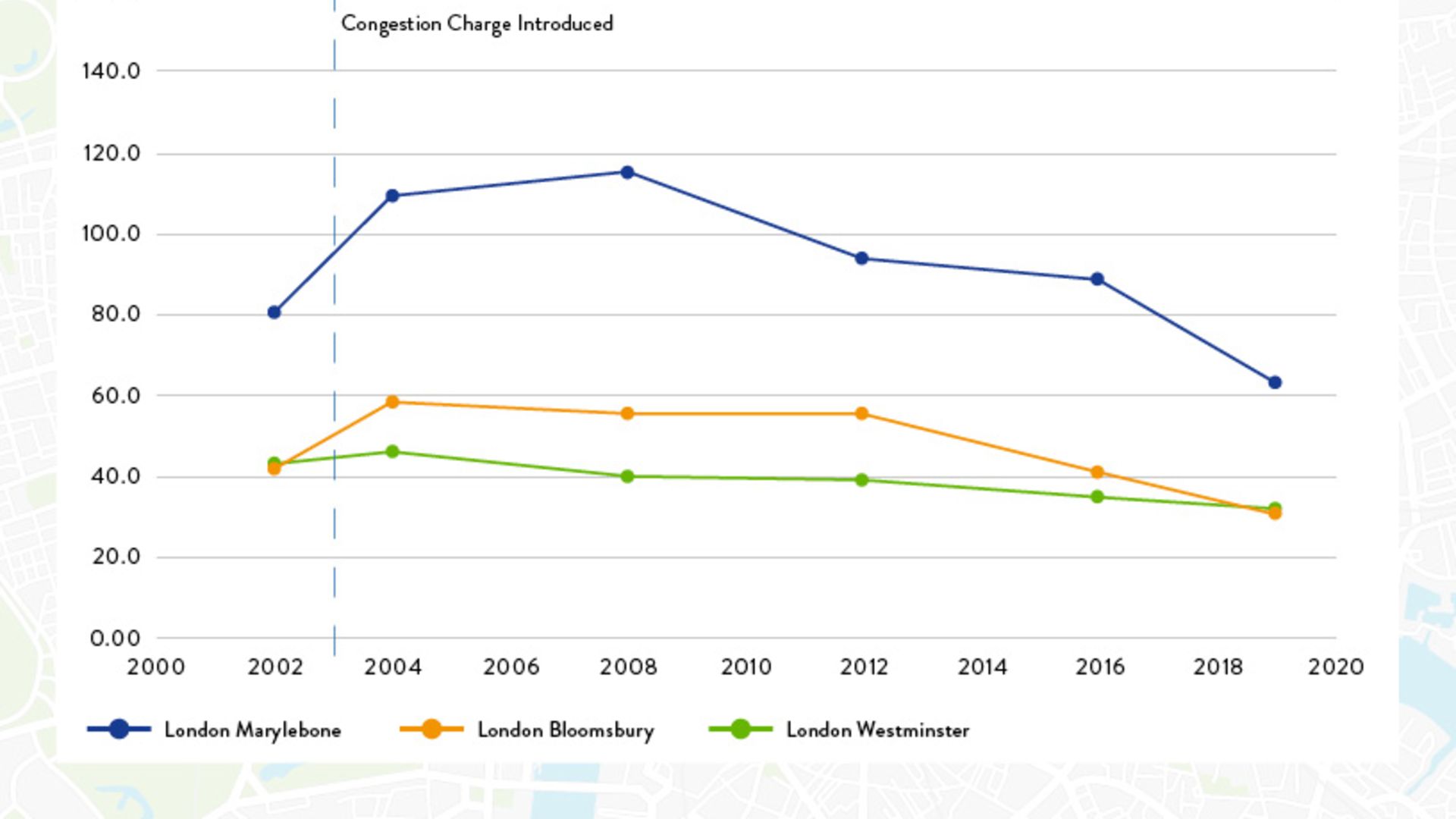
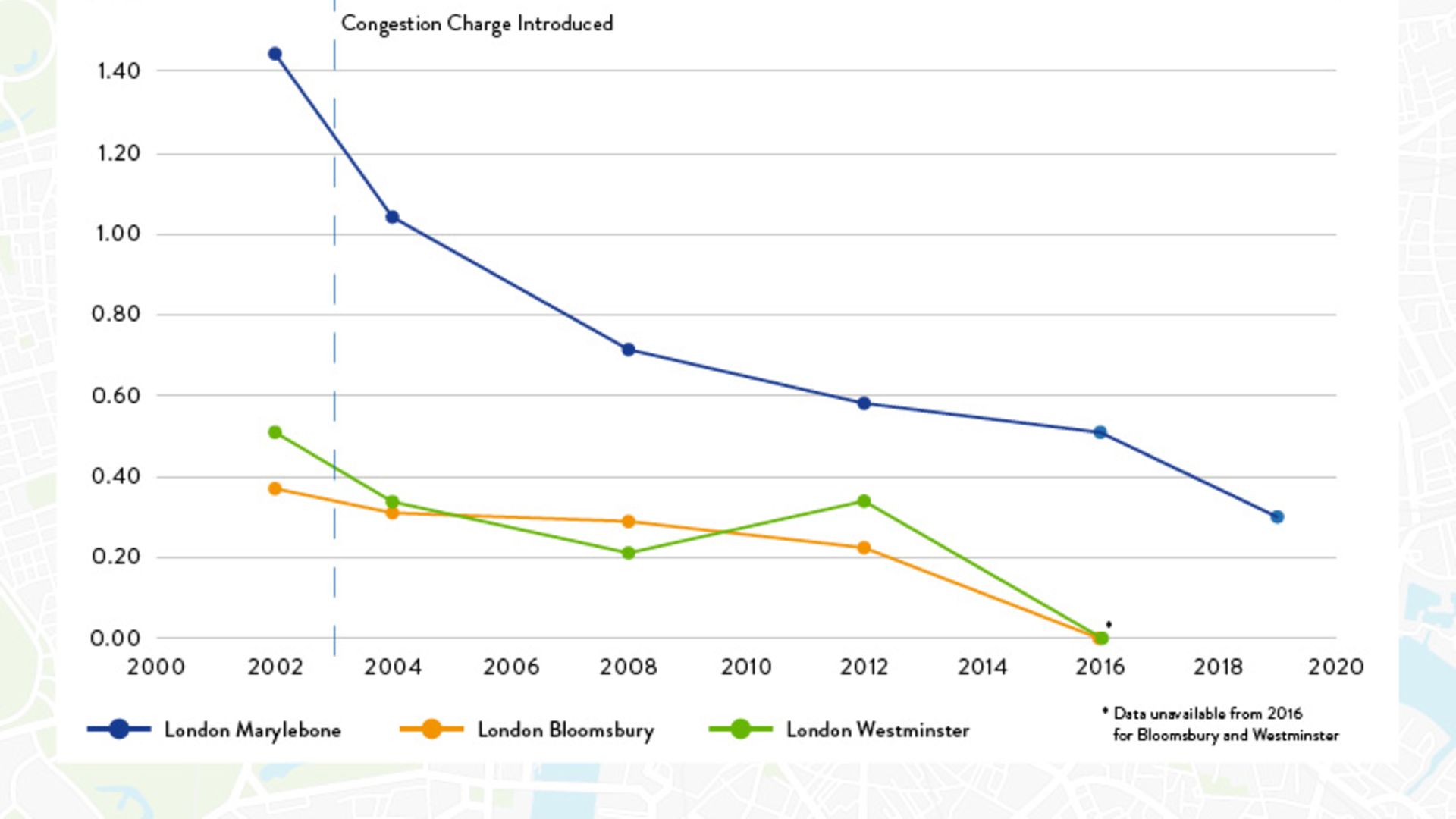
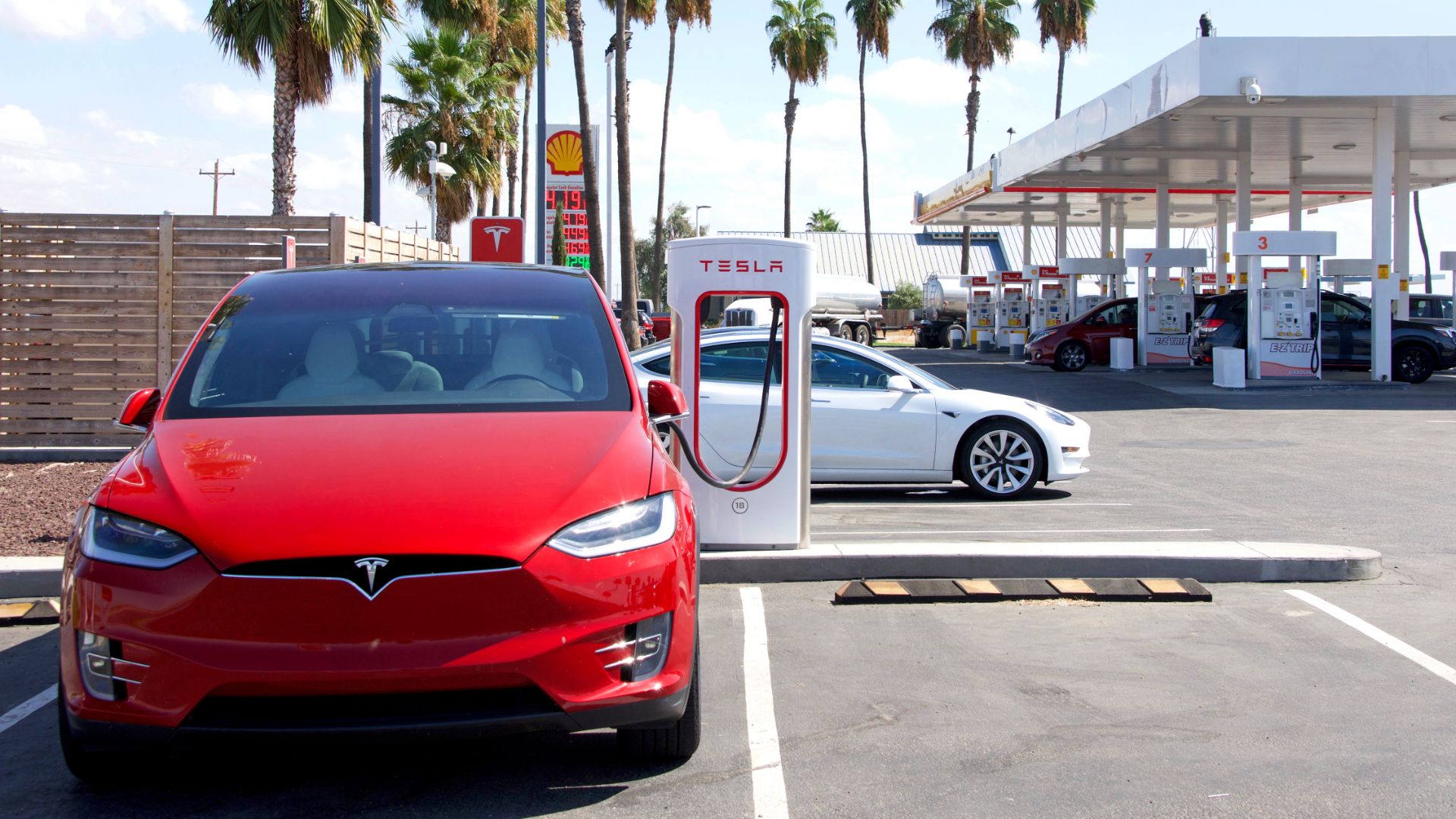
This is a joke , I mean okay its helped, but it’s a joke to extend the ULEZ , if you can afford to live in London you can afford a new car, even greater London, But further greater london. Erm that gets expensive, and all they’ll be doing is selling on their used car to someone who can’t afford a new one. manufacturers should stop making diesel cars and the ban should come into effect a decade later. Otherwise it’s just another tax on the poor.
Not taken into account the huge change in emissions in the last 20 years?